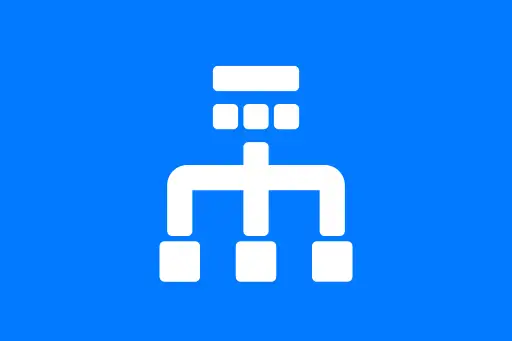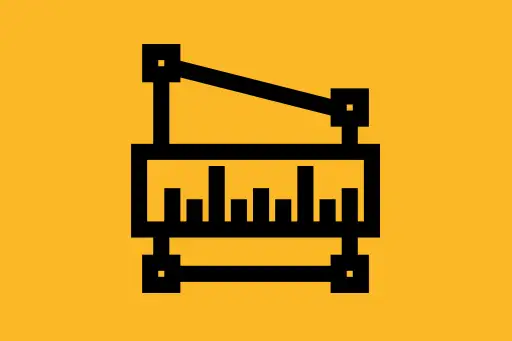Cost Optimization in System Design
What is Cost Optimization in System Design?
Cost optimization in system design refers to the process of reducing unnecessary spending on system infrastructure, services, and operations while maintaining performance, reliability, and scalability. It involves making smart trade-offs between cost and functionality, especially when designing systems that scale to millions of users.
Why Does Cost Optimization Matter?
Even if your system performs perfectly, it may become financially unsustainable if it incurs excessive costs. Designing with cost in mind helps ensure that your system is not only technically sound but also economically viable.
Example 1: Choosing the Right Database Tier
Suppose you're building a blogging platform. You decide to use a managed cloud-based database like Amazon RDS or Firebase. The default option is the "Pro" tier, which comes with high availability, automatic backups, and scaling features. However, during the MVP stage, you're expecting only 1,000 users.
Question
Should you start with the most expensive plan for reliability?
Answer
No. In the early phase, reliability at scale is not your immediate concern. You can start with a cheaper "Basic" plan and upgrade later. This allows you to optimize costs and pay only when you grow.
By evaluating real user load and performance requirements, you avoid paying for unused capabilities.
Example 2: On-Demand vs Reserved Instances (Cloud Hosting)
Cloud providers like AWS, GCP, and Azure offer different pricing models:
- On-Demand Instances – You pay per hour or minute without commitment. Flexible but expensive.
- Reserved Instances – You commit to 1 or 3 years in exchange for lower prices.
If your system requires 3 servers continuously running for 12 months, on-demand costs might be higher compared to reserved instances.
Question
When should you choose on-demand vs reserved?
Answer
Use on-demand during prototyping or unknown usage phases. Use reserved once your traffic is stable and predictable. This decision can reduce hosting costs by up to 70%.
Example 3: Over-Provisioning vs Auto-Scaling
Imagine you're building an e-commerce platform. To prepare for peak traffic (like Black Friday), you deploy 50 application servers in advance—even though only 10 are needed most of the year. This is called over-provisioning.
Instead, you can set up auto-scaling, which automatically adds or removes servers based on current demand.
Result
This dynamic scaling reduces idle resources, lowering your bill significantly while still handling peak loads.
Example 4: Caching to Reduce Expensive Reads
You're designing a news website with frequent database queries for trending articles. Each query hits the database, incurring compute costs and slowing response time.
To optimize, you implement caching using Redis to store popular query results.
Benefit
Instead of 1 million reads hitting the database, only 100,000 hit the cache. This reduces your database usage bill and improves speed.
Example 5: Data Storage Optimization
Storing large files (images, logs, backups) in high-speed SSD storage can be expensive. Instead, you can store archival logs or cold data in cheaper object storage like Amazon S3 Glacier or Google Coldline.
Question
Should all data be treated equally in terms of cost?
Answer
No. Categorize data into:
- Hot data (frequently accessed): Store on fast SSDs.
- Warm data (occasionally accessed): Store on standard disks.
- Cold data (rarely accessed): Store in archival storage.
Example 6: Serverless Computing for Cost Efficiency
Suppose you have a backend that processes images only when users upload them. Instead of running a full-time server, you use AWS Lambda or Google Cloud Functions that charge per execution.
Impact
This pay-per-use model avoids idle server costs and is ideal for event-driven workloads.
Strategies to Implement Cost Optimization
- Measure and monitor usage continuously (e.g., with AWS CloudWatch, Datadog).
- Choose the right instance type and storage class for your workload.
- Use spot instances or preemptible VMs for non-critical batch jobs.
- Compress data before storage and transmission to reduce storage and bandwidth costs.
- Consolidate services and eliminate unused resources regularly.
Common Mistakes in Cost Optimization
- Over-engineering for scale before validating the product.
- Ignoring monitoring tools that help optimize cost.
- Choosing managed services without evaluating cost vs need.
- Failing to categorize and archive data properly.
Final Thoughts
Cost optimization is not a one-time task—it’s a continuous process. A well-designed system balances cost, performance, and scalability without compromising user experience.
As a beginner, always start by measuring resource usage, understanding pricing models, and using the "pay-as-you-grow" mindset. Over time, apply advanced optimizations based on traffic patterns, data access frequency, and business priorities.
Next Topic ⮕How to Approach System Design Questions











Comments
Loading comments...